Team 4: Tara Jones, Devorah Simon, Raagavi Ragothaman, Chloe Liu
Introduction
This quarter for the CS247B project, our team wanted to tackle financial awareness. More specifically, we are interested in cultivating good financial practices that can help people better understand their financial activities. As part of our project, we did a comparative analysis of 8 personal finance apps available on the App Store to explore the existing solutions and try to find new opportunities in this space.
RocketMoney

Rocket Money focuses on one main part of your finances: your subscriptions. This application allows you to sync your bank account and will keep track of what recurring charges you have. The audience for this product is those who do not have wealth management services and have the possibility of forgetting about subscriptions they no longer use.
Another key aspect of this product is the fact that it will handle canceling memberships for you. This allows users to not deal with the tedious nature of this financial task and can save them money with ease.
This application is only on mobile devices, and also has some non-subscription-based aspects. There is a budgeting portion where one can state which contagious they would like to lower in their spending chart. They also have an automated saving plan to help users know how to inventest their assets.
The main weakness of this app is how invasive it is. While the automatic saving plan, tracking capabilities, and investing program might be a draw for some, it can be off-putting to others, especially to those new to the financial services realm (such as those in our target audience). Our app will require no linking to external accounts and no personal
Personal Capital

Personal Capital differs from other finance apps in that one of the first things you do is talk to financial advisors. That being said, you need at least $100,000 to do so. The financial advisor will then help you with your retirement plan. This platform can connect to all your financial accounts, and will help one view their potential goals are with retirement or just general monetary growth.
This platform does two main things: allows you to view all your money in one place, and help you with an investment plan. It acts almost like a wealth manager for an individual, without having to pay a fee. Personal Capital also had a mobile and desktop version, allowing for professional ease.
A big downside of this application is that it is not truly accessible to college students. Most college students do not have $100,000 for investments. Our app will not require any amount of financial buy-in from users at all.
Mint: Budget Tracker & Planner
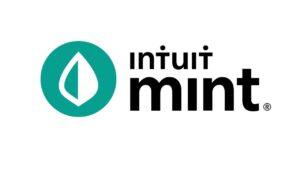
Mint is a personal finance app launched by Intuit that allows users to access their financial life in one powerful app. Aside from features on other finance apps such as creating budgets and keeping track of all spending, it also helps users easily connect all accounts, from cash and credit to loans and investments, which helps users see their complete financial picture. Also, it helps users keep track of all the bills and subscriptions and notifies them when subscription costs increase and when bills are due. Besides, it calculates credit scores, generates credit report and even help educate users on credit scores. Right now Mint is the #1 most downloaded personal finance app in App Store.
Like RocketMoney, this app requires linking of other accounts, giving it a high barrier to entry. Our app improves upon this for our target audience by making the provision of any personal information optional, and solely on an opt-in basis.
Monefy: Money Tracker
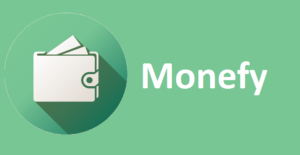
Monefy is another money tracker app but it has several key features that make it stands out. First, adding new records can be extremely fast since it presets a list of configurable common expense categories as icons on the landing page so that users can easily click on one of them and type in the amount without having to enter the description of the spending.. Second, it has multi-currency support. Also, if you decide to subscribe to the app for $59.99 annually, you will be able to add recurring records, and safely synchronize data between devices using Google or Dropbox account.
The main weakness of this app is the subscription fee, which our target audience will be much less likely to be able to afford. Our app will not require any fees at all.
PocketGuard: Budgeting & Tracker

PocketGuard is a mobile app that tracks your net worth by connecting your bank accounts, investments, and debt (loans and credit cards). It then does the math to show how much you have left after setting aside funds for bills and other expenses. This app is mostly about awareness than other budgeting apps. It doesn’t have much by way of zero-based or envelope budgeting, and it’s not really centered around planning – it’s more about making sure that you’re up to date on the money that you have (and the money that you don’t). Unique value proposition: a simple app that reports your actual spending to make sure that you have all the information you need in one centralized location.
While this app is less invasive than RocketMoney and Mint, it still requires connectivity of external apps. Our app takes however much data a user wants to give it.
Fudget: Inflow & Outflow
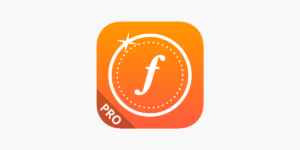
Fudget is a mobile app that allows you to manually make lists of inflow and outflow. It’s essentially a spreadsheet with a better UI. It’s all done manually, meaning you don’t have to give it access to any of your bank accounts or other balances. Unique value proposition: a traditional budgeting system in a modern app form.
The main weakness of this system is that it is essentially an online version of a paper-and-pen budget. Our app has gamification elements that help younger users gain the basics of financial awareness in an interesting and exciting way that simply recording numbers into a spreadsheet cannot.
YNAB: Zero-based budgeting
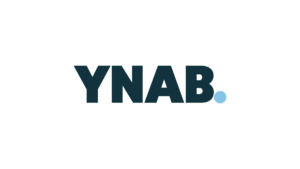 Traditional budgeting app that lets users pre-plan their budget as opposed to tracking credit card history and encourages users to make a plan for every dollar they earn and enables them to plan many months in advance for future paychecks. The website offers resources to help users better understand financial planning, budgeting, and the app itself. The interface can pull in bank statements and other available financial information to help the user see where they stand with respect to their pre-planned budgets.
Traditional budgeting app that lets users pre-plan their budget as opposed to tracking credit card history and encourages users to make a plan for every dollar they earn and enables them to plan many months in advance for future paychecks. The website offers resources to help users better understand financial planning, budgeting, and the app itself. The interface can pull in bank statements and other available financial information to help the user see where they stand with respect to their pre-planned budgets.
Some of the downsides include the price – a hefty $14.99 per month or $99 per year with a very basic 34 day free- trial and a fairly rigid planning scheme that might cause lower retention. Our app is completely free and requires no fees at all.
Honeydue: Budgeting with a partner

Financial tracking for partners who often have overlapping expenses, allowing them to sync bank accounts, credit cards, loans, and investments (to customizable extents) and get an understanding of their combined financial habits. The app can automatically categorize expenses and also allows for custom expense categories to be created along with monthly limits for these expenses for which the users will be alerted. Honeydue also enables 1) reminders for upcoming bills and 2) chat to be connected with the other person/people sharing the account.
While this app introduces the idea of a partnership, it shares a lot of data with other members. Our app’s version of social accountability allows users to nudge their friends based on seeing their pets’ “health”, but without any private details.

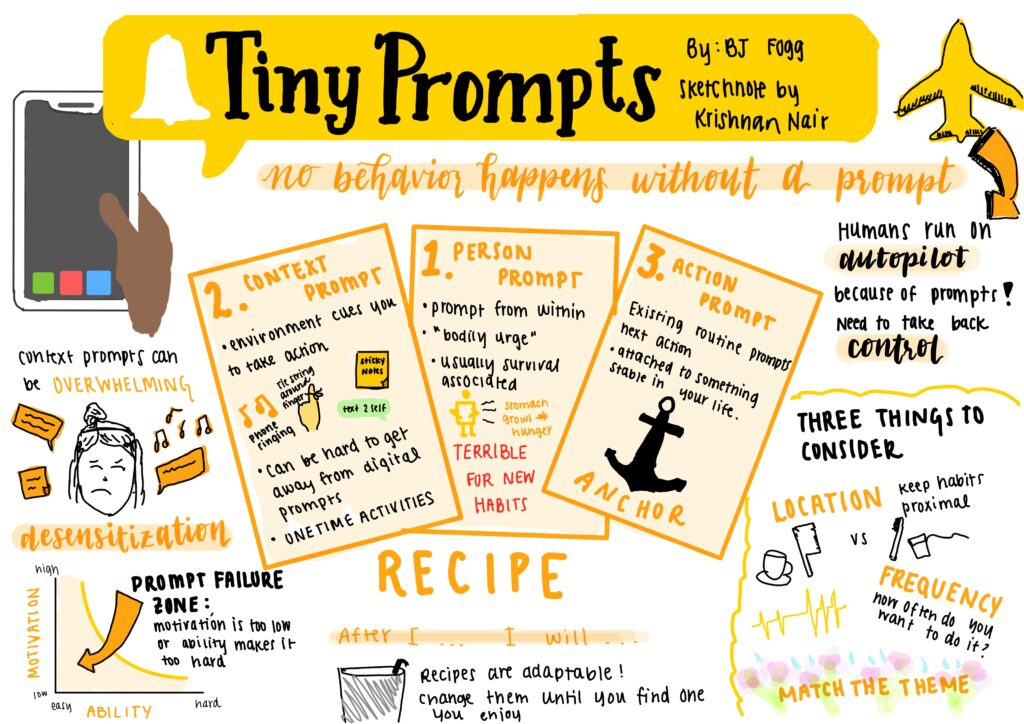
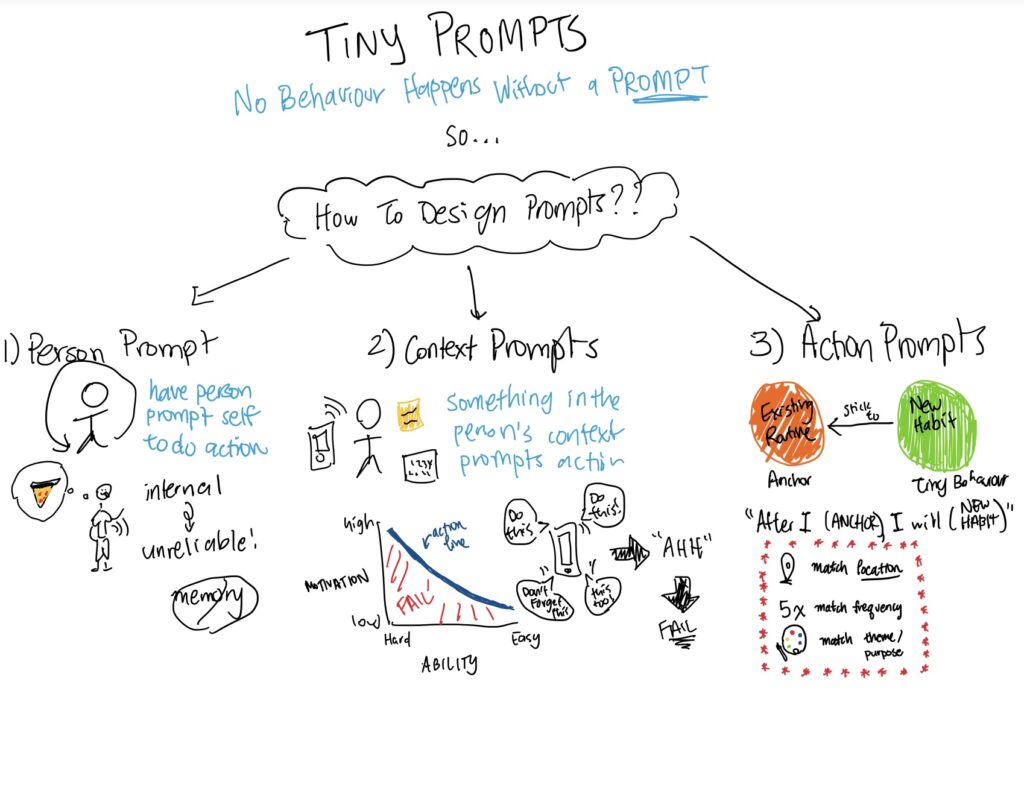

Comments
Comments are closed.